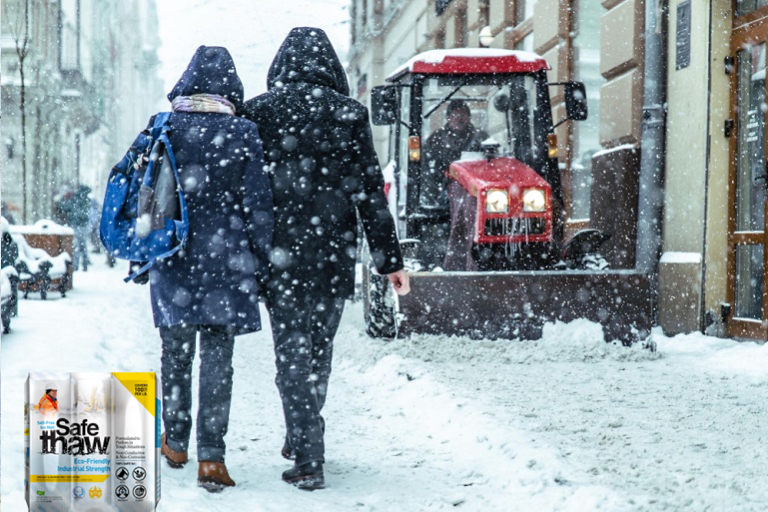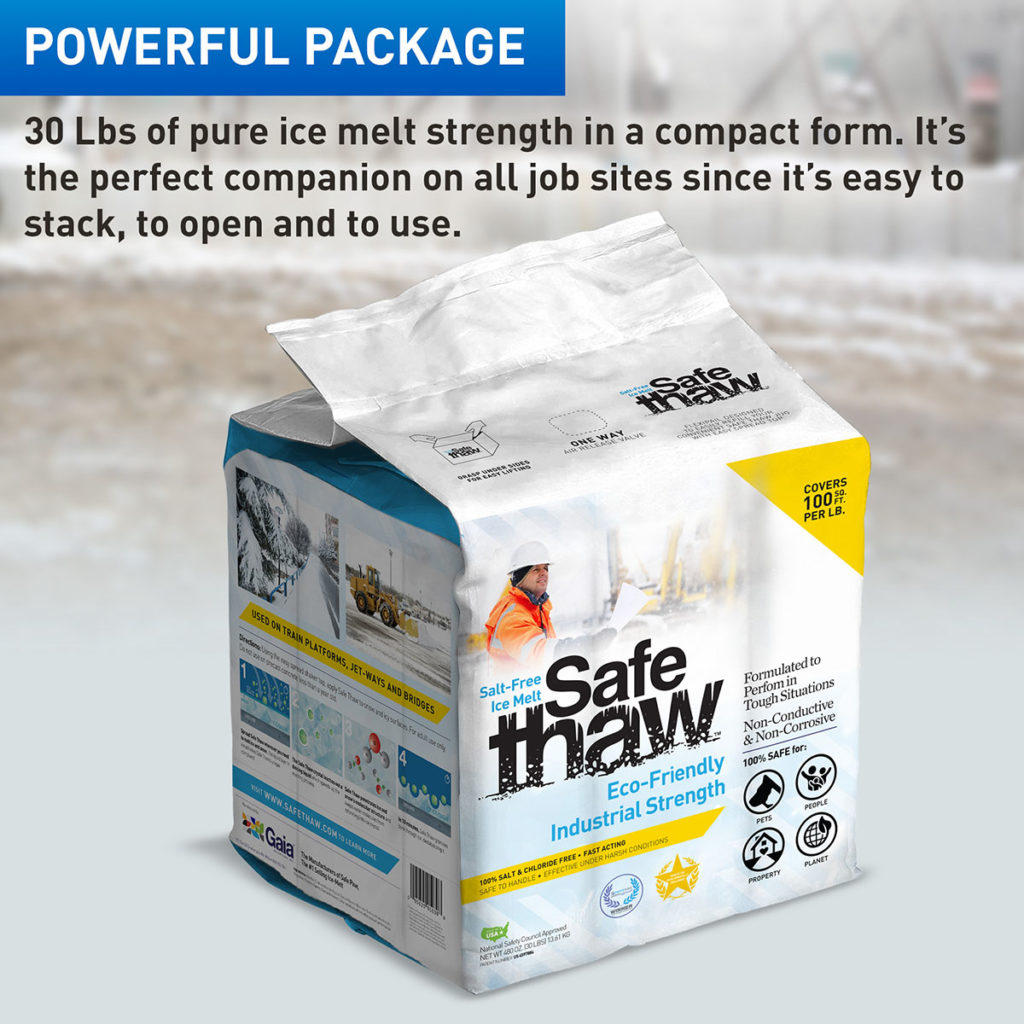Pour Your Concrete Driveway At This Time Of Year To Get The Best Results

Concrete driveways should be installed during a specific time of the year when it is more sturdy and lasting. Although possible, it is best to avoid applying concrete in extremely hot or cold temperatures. Let us know more about when to pour concrete and how to melt ice on concrete safely to keep it healthy for years to come.

Safe Thaw
Safe Thaw was created as the ice management solution for tough winter environments. Ideal in commercial and industrial properties, shops, government agencies, bridges, and construction.
When To Pour Your Concrete
Concrete should be poured at a temperature of between 10 °C and 32 °C. This range of cooler temperatures will cause the curing process to take longer, ensuring that concrete reaches the desired strength. Concrete is not thought to cure effectively in temperatures below 5 °C.
Concrete becomes weaker and more prone to cracking when it dries too rapidly because the structural links and strength aren’t given enough time to form. In addition to outdoor air temperature, other meteorological factors will also impact how fast or slow concrete cures and dries.
Concrete will dry significantly more quickly in hot, windy weather than in excellent, gloomy conditions with light winds. Therefore, September is the most acceptable month for concrete work due to its typically warm temperatures and reduced precipitation rates.
Of course, pouring concrete in a hot environment is still possible if you know how to prevent the drying process from being sped up. In addition, you’ll need a skilled eye to determine whether the concrete is hardening too quickly.
Rainy weather could also be problematic because too much moisture on freshly poured concrete could harm the final product. In addition, it takes time for concrete to cure. It takes roughly 28 days to reach 99% of its strength when cured adequately under ideal conditions.
How To Melt Ice On Concrete Less Than A Year Old
Once the concrete has dried, a new set of issues develops from removing snow and ice from your freshly laid concrete, vulnerable to equipment damage and toxic chemicals.
Numerous ice-melting products and salt for the driveway can and will harm concrete. Instead, choose ice melt products that won’t break your new concrete if you want your new concrete to last for many years.
By selecting the best ice melt for new concrete, you can ensure smooth, pothole-free concrete for years to come. The best strategy to protect your new concrete is to get a natural ice melt.
A natural ice melt called Safe Thaw starts working straight away. The liquid component of the mixture instantly starts to melt the ice by releasing the ice’s surface tension. In addition, the compound’s crystal core will destabilize it and hasten the melting process.
100% salt & chloride-free, fast acting Ice Management Solution
Conclusion
It is best to avoid any chemicals on your new concrete. Instead, you can use Safe Thaw for your driveway as it is natural and uses solar energy, which increases its melting power. For about three days after the ice has melted, an invisible screen is left to prevent ice from adhering to surfaces, making scooping and cleanup easier. Additionally, it has a traction-enhancing component that helps to prevent slips.
Try Also Our Other Winter Safety Products:
Safe Paw
The Original and #1 Selling Pet and Child Safe Ice Melt for over 20 years. Guaranteed environmentally safe –It won’t harm animals or children, and it won’t damage your property. That’s Safe Paw. Safe Paw can change how winter affects our planet.

Walk On Ice
The handy disposable canister can be taken everywhere, with the same 100% naturally occurring minerals that provide instant traction on ice or snow. Use it on sidewalks, steps, or as an instant traction agent for your car.



